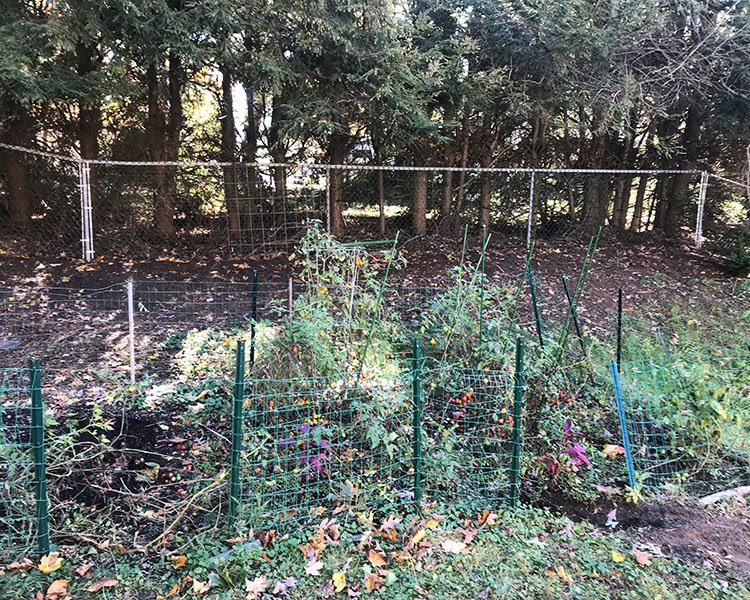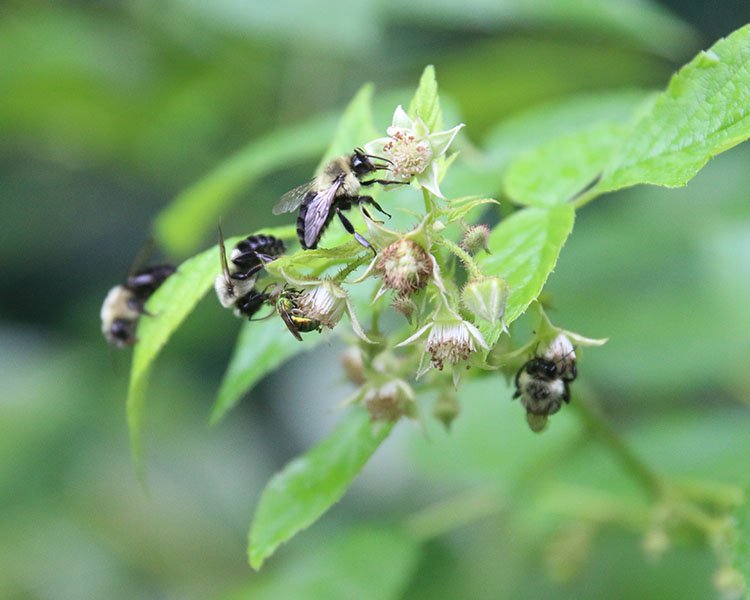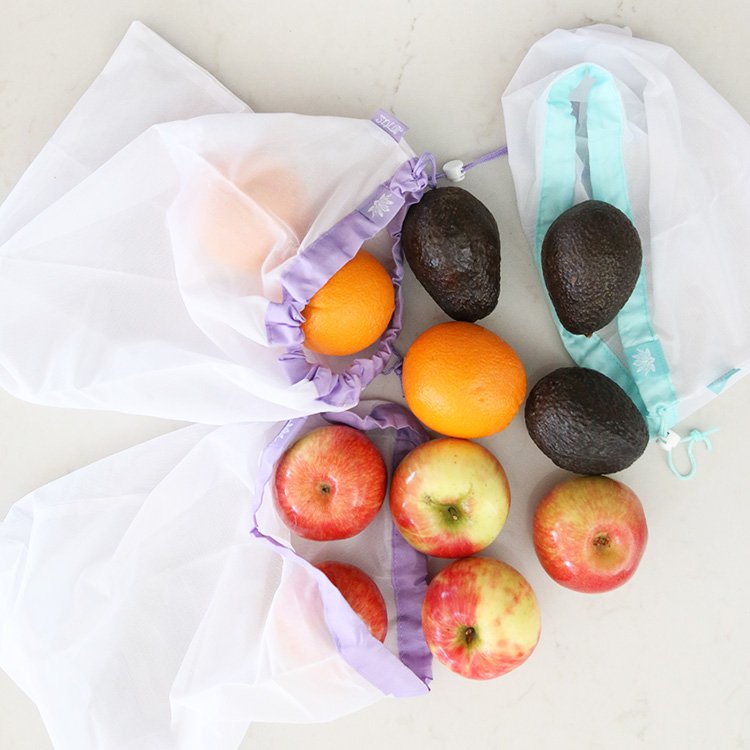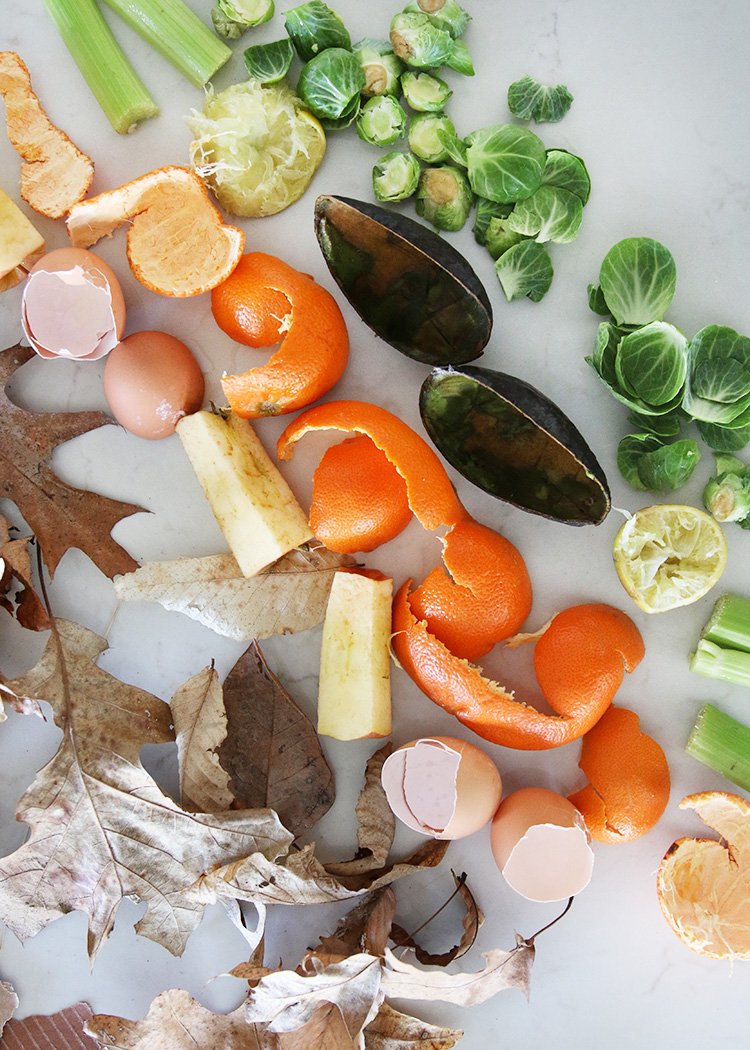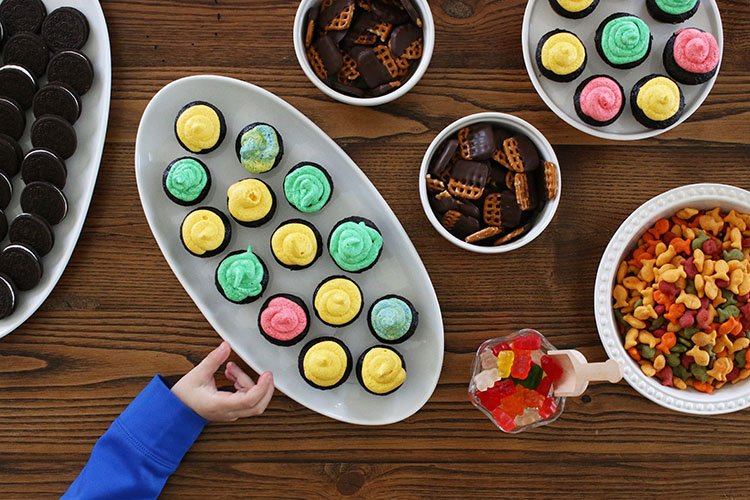7 Ways to Reduce Waste in the Garden
Are you a fan of gardening and growing your own food? Check out these seven ways to reduce waste in the garden as you plan and plant your favorite plants this season and every season.
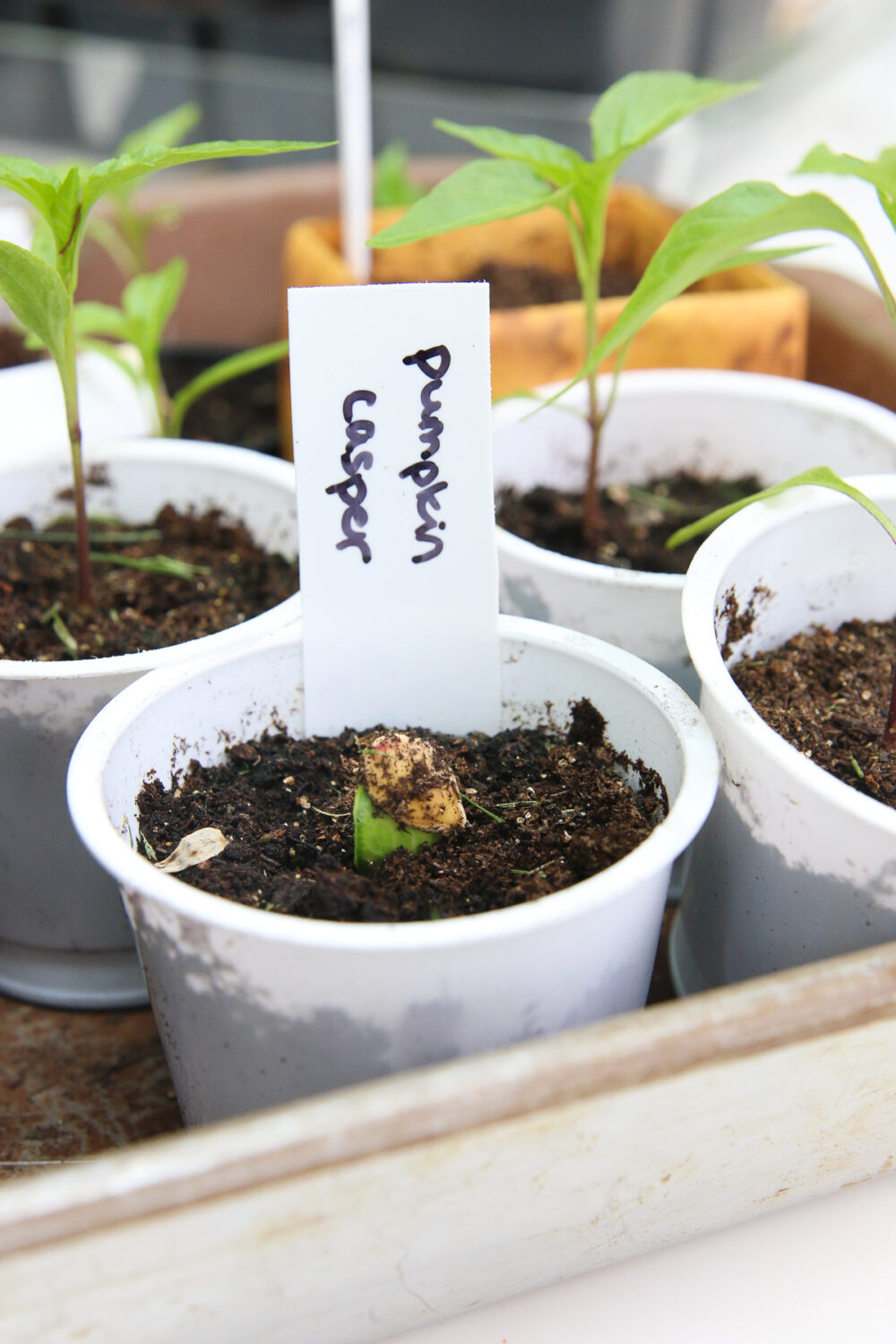
With spring around the corner (and already here in some places), I thought we’d turn outside and to the garden this month for our continuing Waste Free in 2023 series. Don’t worry, we’ll be back indoors next month to explore the utility room (AKA the laundry room in the United States).
Many turn to growing their own food, raising chickens, and mini homesteading as ways to reduce waste, cut food-air miles, and save money. However, half a billion black plant pots end up in landfill in the United Kingdom (UK) each year, indicating that a huge amount of waste can still be created from gardening despite our best efforts.
Black plastic is notoriously difficult to recycle. The black colour comes from carbon black pigment, making black plant pots (and other black plastics like ready-meal trays) unrecyclable in many UK facilities.
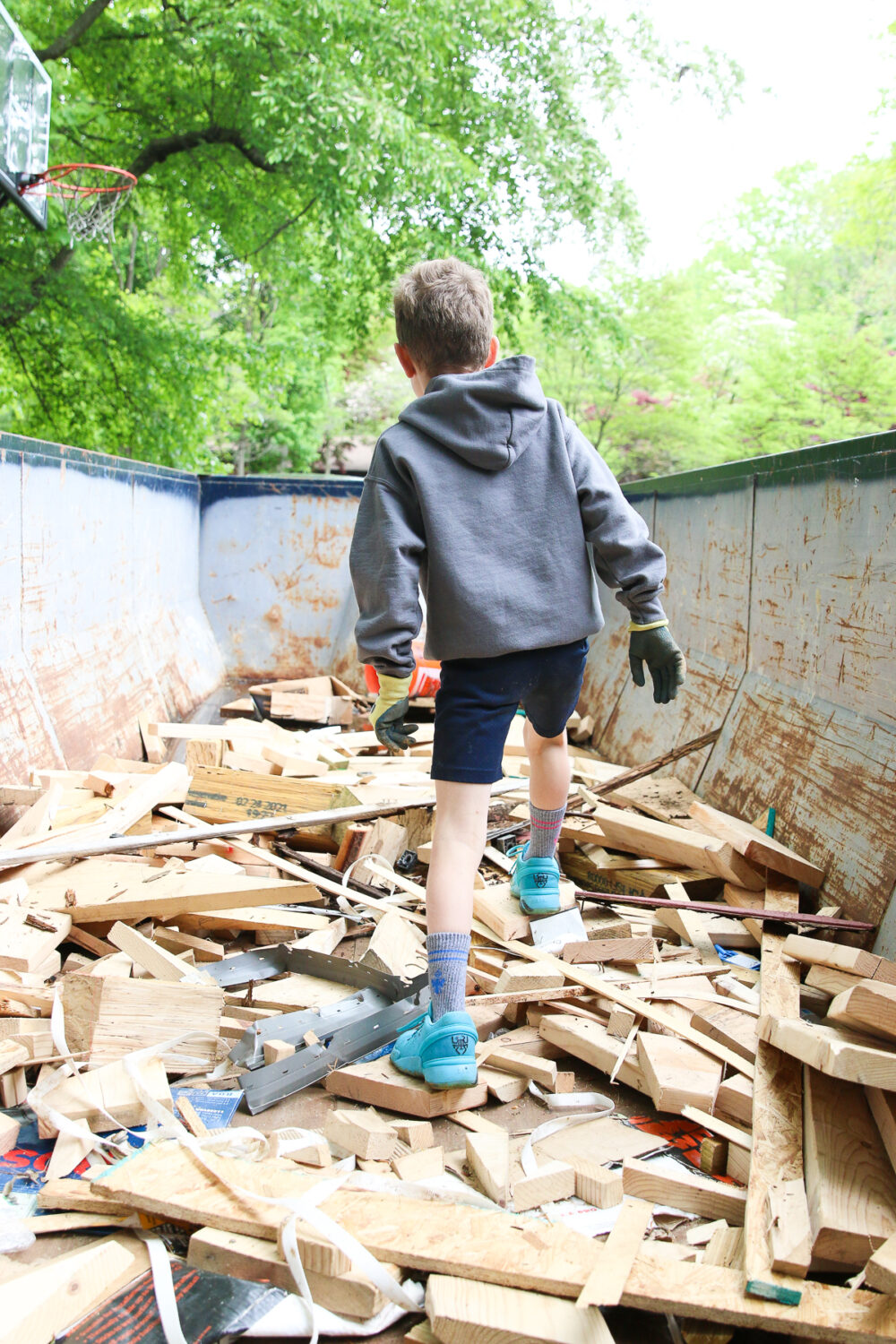
7 Ways to Reduce Waste in the Garden
Despite the challenges of striving for zero-waste gardening, there are lots of ways to create beautiful and fruitful gardens without creating mountains of waste. Let’s look at 7 simple ways to reduce waste in the garden:
- Seed swap or seedling swap with your friends and neighbours
- Reuse old plant pots and yogurt pots, and search freecycle sites for anyone giving away plant pots
- Borrow tools (rather than buy them)
- Buy native plants with compostable pots
- Use weed barriers like cardboard boxes to line raised beds
- Compost food scraps to create free compost for your garden beds in the spring
- Reuse or upcycle your raised beds
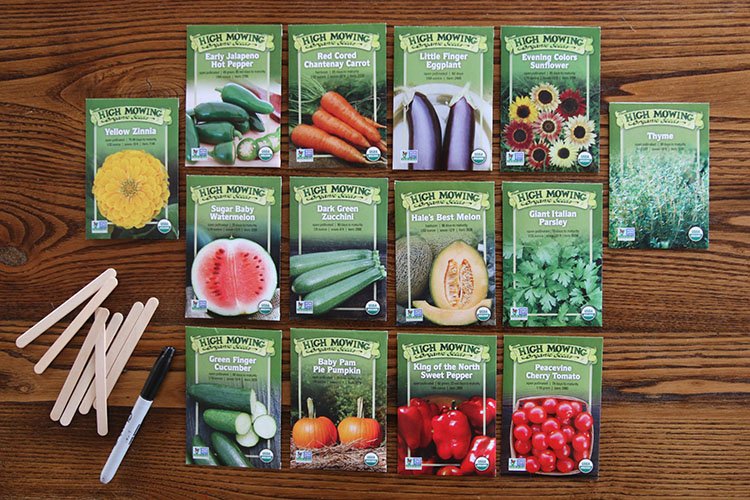
Try seed swaps, seed saving, and regrowing food scraps
We’ve all been there. You buy a bundle of seed packets in your excitement to start growing your own food and flowers. You open the packet and diligently plant each seed 1-2 inches apart and then quickly realise you don’t want all of your space taken up with just tomato plants. You have half a packet left and no more space to use the rest of the seeds. What do you do?
Related Reading: Where To Buy Organic Seeds Online
Seed swap
How about trying a seed swap? If you’re super organised, you could club together with a group of friends and each buy one or two different seed varieties and then share them out. Alternatively, you could grow them all and then share them when they get to the seedling stage.
Regrow food from food scraps
If you’re a super grower and want to step up your waste-free credentials, why not try skipping the need to buy the seeds altogether? Last month, we gave a few suggestions on how to grow food from scraps. This works brilliantly with things like celery and spring onions (AKA green onions if you’re in the US).
Save seeds
You can also save the seeds from plants like peppers, tomatoes, strawberries, and many more and plant them in your garden in future seasons. This saves you money, reduces seed packaging, and saves the seeds from being packaged up and shipped to a store.
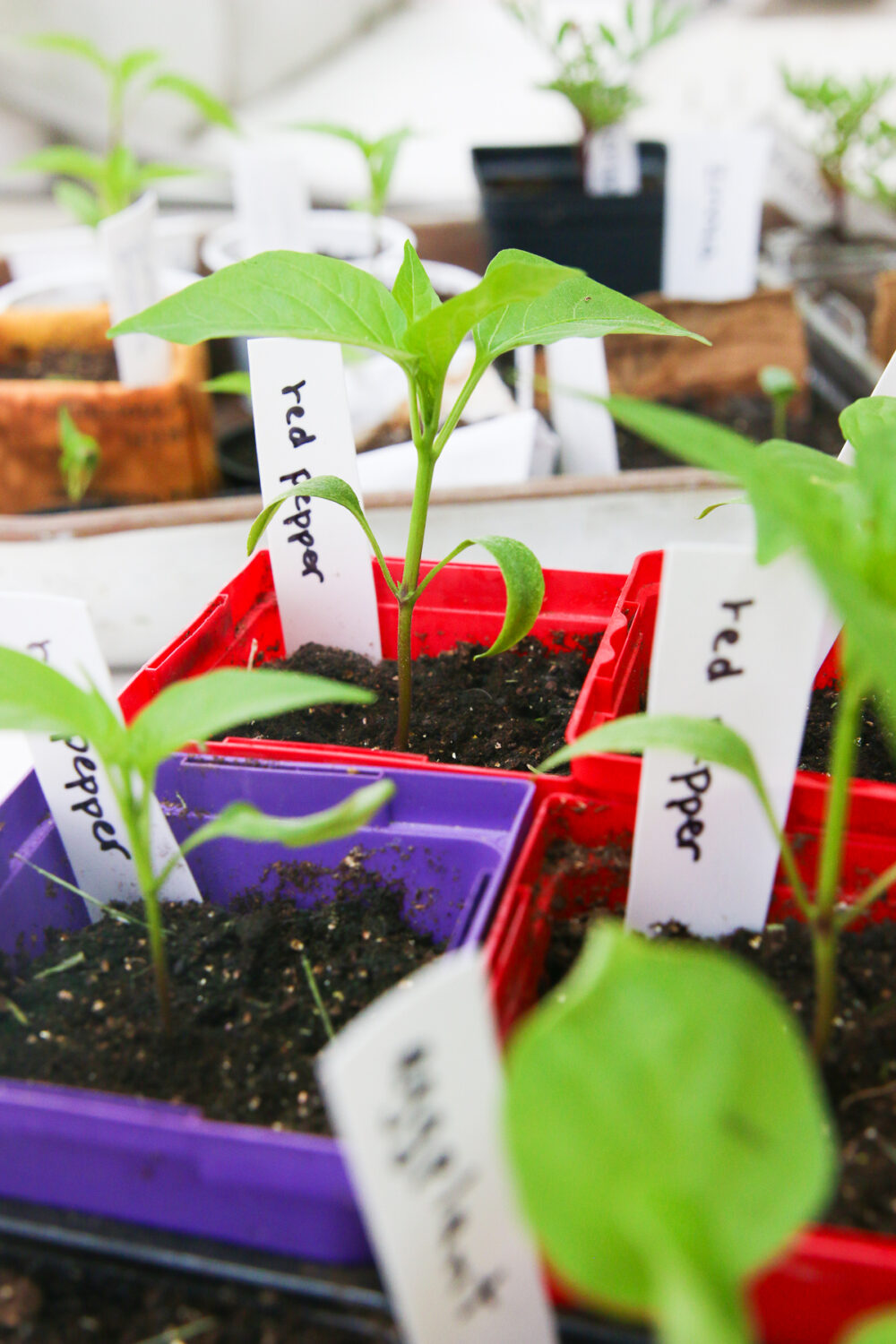
Reuse and recycle: plant pots and more
Plant pots are hard to recycle, and most gardeners have a stash of old plant pots they’ve collected from seedlings but don’t want to throw away. The simple solution – reuse them. When it’s still too cold to plant anything, pop into your garden shed or garage and hunt down all the plant pots you have left over. Then plan for how many you might need to get for the upcoming planting seasons.
If you’ve got huge stacks of plant pots, post them on your local ‘Buy Nothing’ group or on Facebook Marketplace to see if anyone can use them. If you need extra plant pots in a specific size, request them on your Buy Nothing group before buying something new.
Alternatively, look around your house and in your waste bin to see if you can reuse anything as a plant pot. Here are a few ideas of things that make perfect seedling starter pots.
- Yoghurt pots with a few added drainage holes
- Cardboard tubes from rolls of toilet paper or paper towel
- Take out condiment containers
- Homemade origami paper planter pots from newspaper or office paper
Old plastic bottles, fruit clamshells, and upside-down milk cartons make great mini greenhouses and provide protective covers for early seedlings.
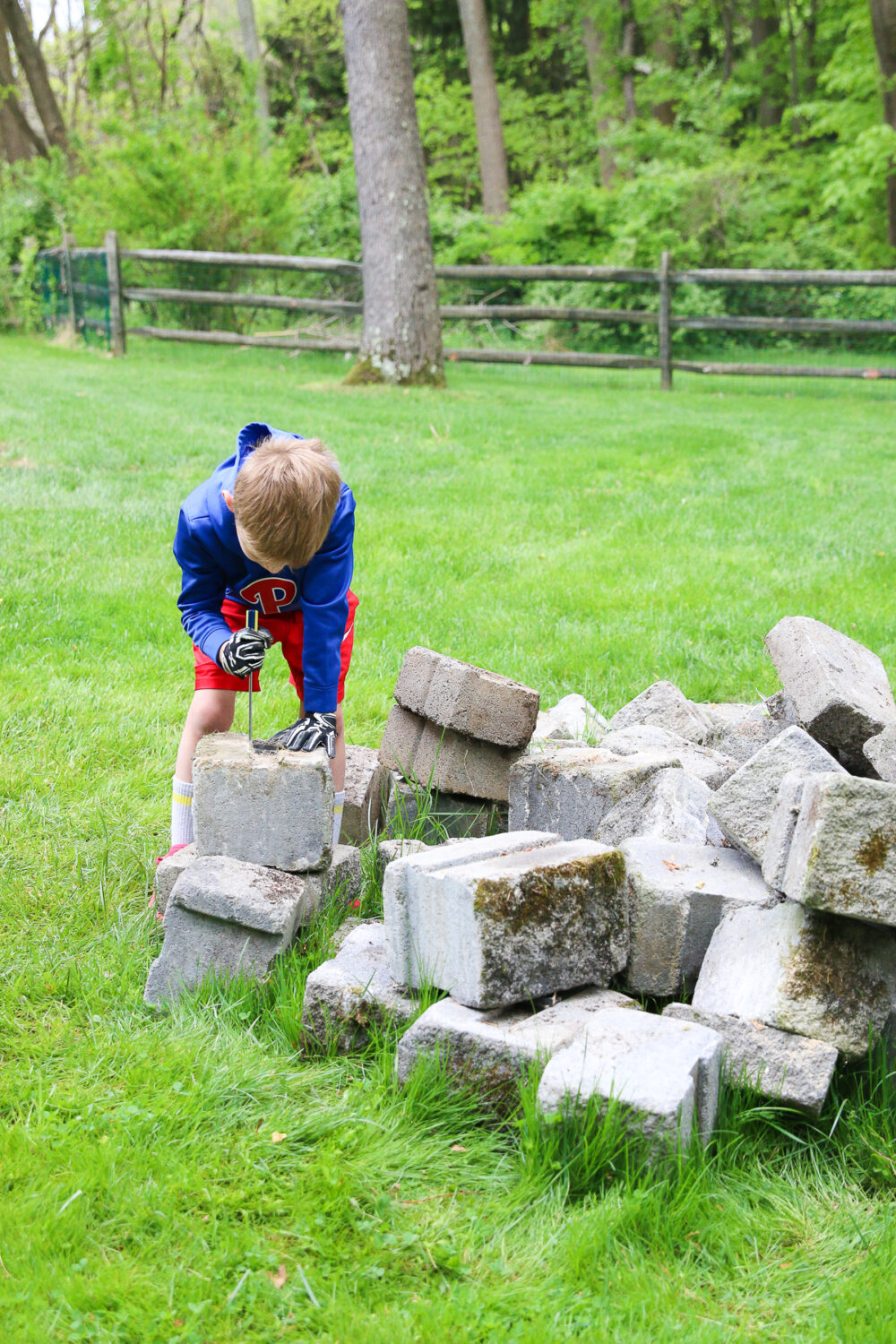
Borrow tools instead of buying them
If it feels like we say this a lot, that’s because we do! We can borrow so many things instead of buying them. If you need a gardening tool just for the odd occasion, see if a neighbour or friend has one you can borrow before going out and buying one. It’ll save you money and save you storing it all year round.
Some libraries have a “Library of Things” through which you can borrow items other than books for a specific period of time. Check out this option to see if they have a shovel, rake, or similar gardening items that you could borrow instead of buying while caring for your garden. In the UK, check out www.libraryofthings.co.uk and see if there is one near you.
If you don’t have a library of things in your area, start one up yourself and see how many things you can collect to lend to people and save from being bought new. You could try to organize it through your local library, a community organization, or your own space if that’s available to you.
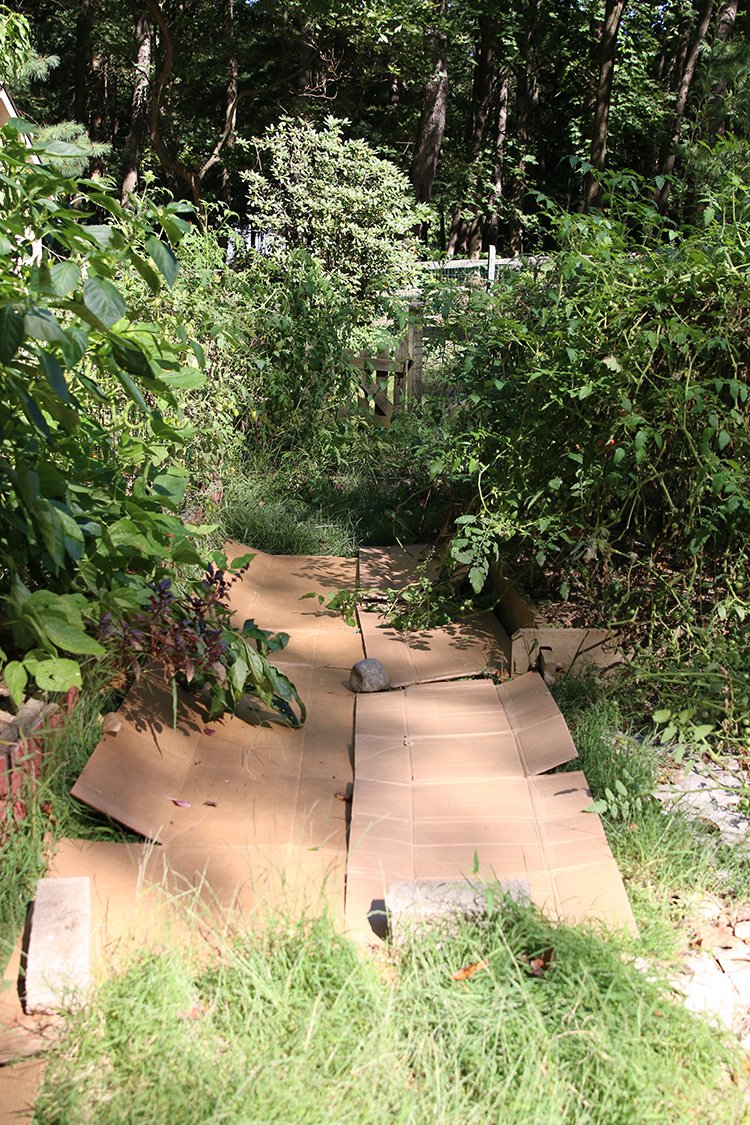
Weed barriers from repurposed cardboard
When I made my first lot of raised beds, I was desperate to avoid buying a weed barrier (something that prevents those pesky weeds from reaching the surface of your raised bed). But I wanted to avoid weeds in my garden as much as possible.
I couldn’t get past the fact that the weed barriers on Amazon were just plastic sheets that would leach more microplastics and chemicals into the ground where I was growing my vegetables. In the end, I plumped for using flattened cardboard boxes. It saved me from recycling them all at the town dump, didn’t cost me anything, and I know they will break down over time naturally (just like in a compost bin).
Cardboard isn’t perfect. After two years, a few weeds came through. But to be fair, I think most of the weeds came from seeds that blew into the soil rather than anything coming up from the bottom.
Additionally, we’re finding that more paper and cardboard products have PFAS in them. Per- or poly-fluorinated alkyl substances (PFAS) are a group of over 4,700 industrial chemicals used in everyday products, often called “forever chemicals” because they persist in environments for such long periods of time without breaking down. It’s not great to use cardboard with PFAS in it if it will be breaking down in the soil where you plan to grow food for your family.
You can perform a simple test with olive oil at home to get an idea of whether or not PFAS are likely present in the cardboard you plan to use to line your garden beds. Try this olive oil PFAS bead test at home before layering your raised bed with cardboard.
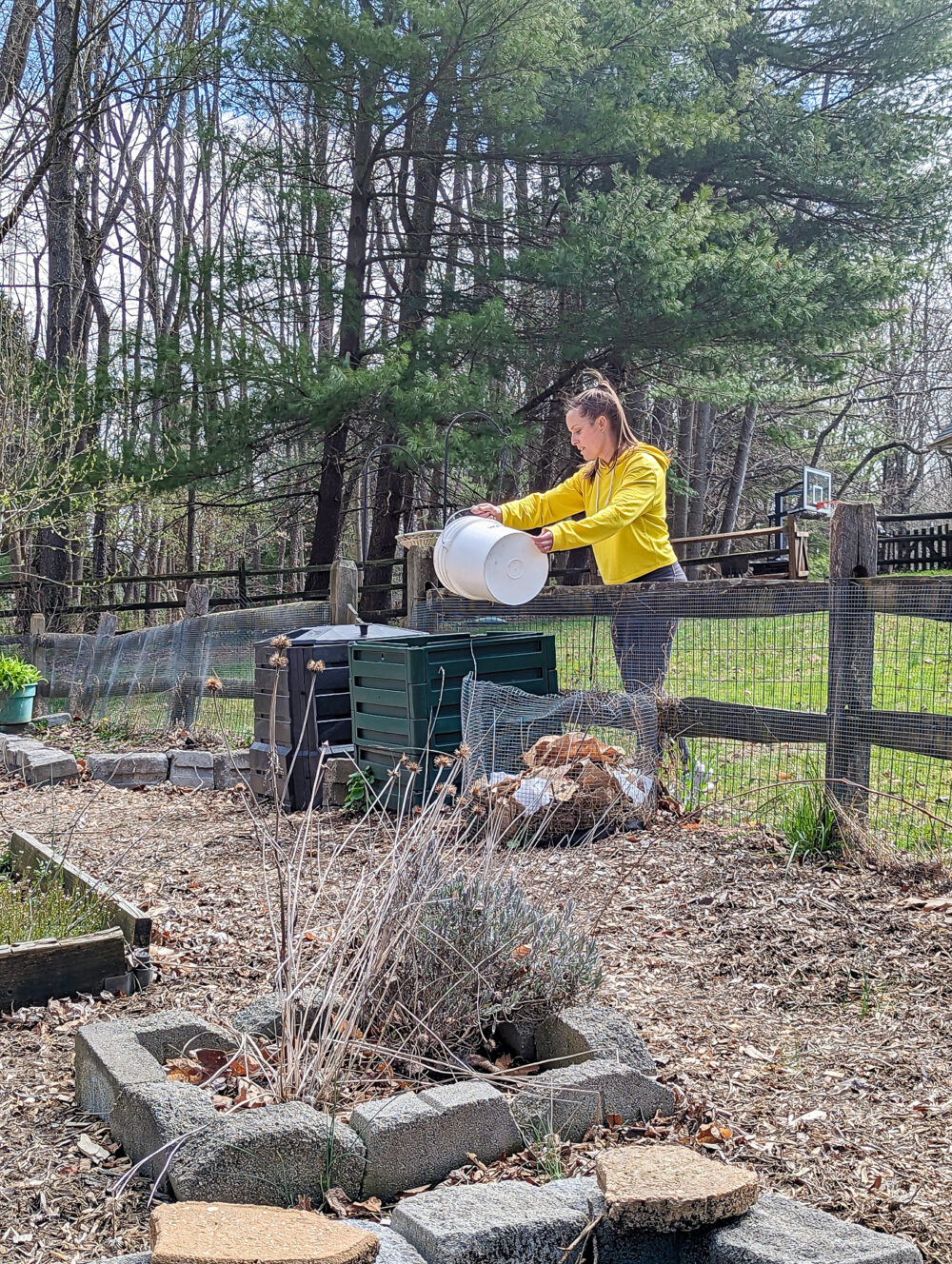
Compost
I promise Jen doesn’t bribe me to mention compost in almost every article in the Waste Free in 2023 series! If you’re looking to save money, save waste, and reduce your carbon footprint in your garden, a home compost pile is one of the best ways to do all of this.
By collecting your food scraps all year long, you create compost (AKA black gold) for the spring and for your raised beds. By using nature’s perfect recycling system, you reduce (or eliminate completely) the need for store-bought compost or loam for your beds.
This protects peat bogs, which play a hugely important role in capturing carbon in the atmosphere, as you’re reducing the demand for the peat. You can read more about the importance of peat bogs and how we can protect them here: Why is peat so important? | Climate change | National Trust
You’re also saving the plastic bag that goes around the compost and the shipping and transport carbon costs of getting that compost to the store and then onto your home. You can’t get more local than your own back garden!
If you don’t have a home compost (or the one you have won’t produce enough in time for the spring growing season), there are plastic-free compost alternatives. Order your loam or soil from a local building merchant, garden center, or farm. They usually deliver by cubic yard in the US or by tonne in the UK, so you can avoid the plastic bag but not the hard work! There are lots of calculators online to help you work out how much you need.
Related Reading: 9 Non-Food Household Items You Can Compost That Might Surprise You
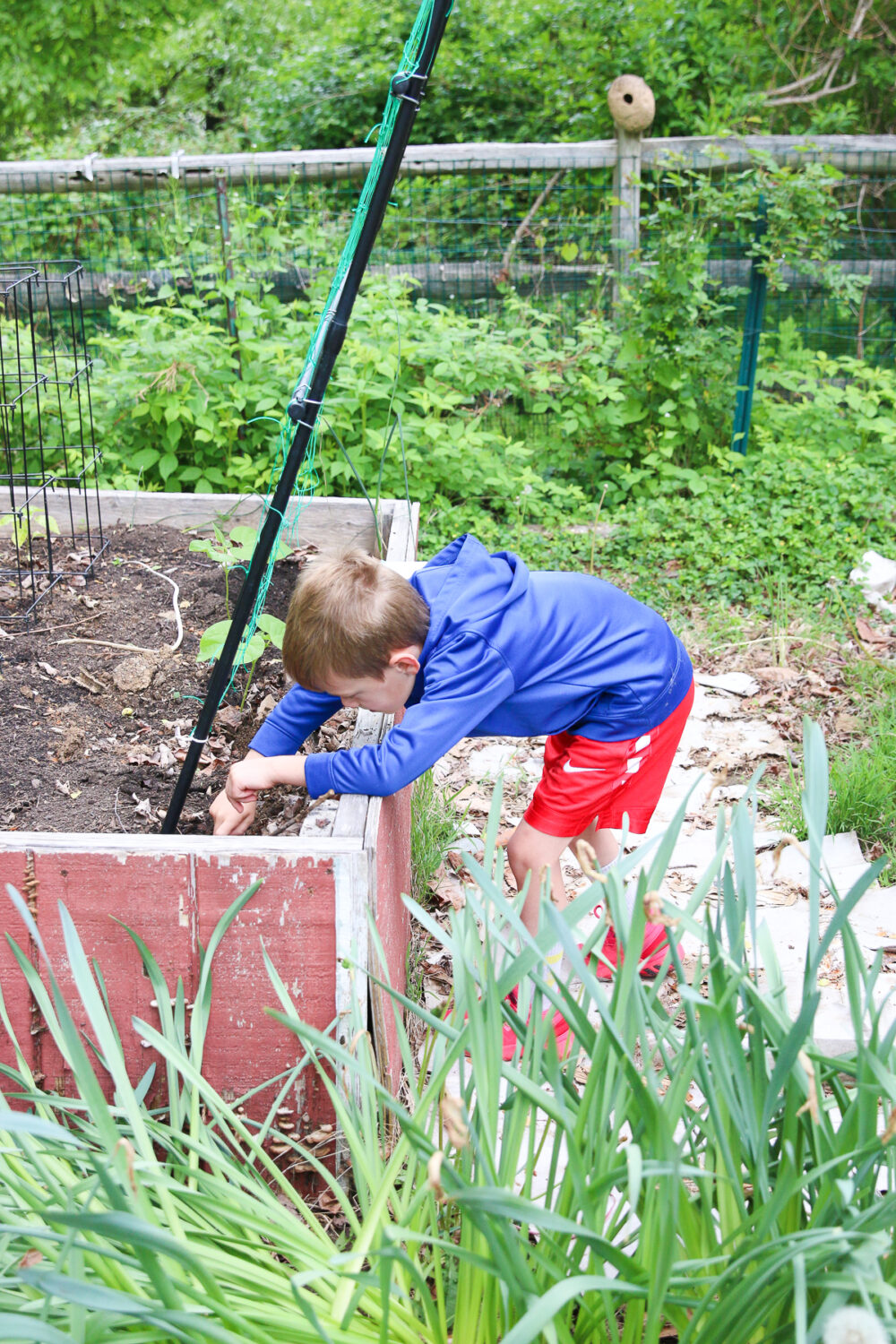
Reuse and upcycle: raised beds
We’ve talked about seeds, pots, and compost but what about the structure you’re actually going to grow all these things in?
Flat garden bed from a former lawn
For the simplest low-waste garden bed, you can dig out and turn over a patch of your lawn and then plant everything straight into newly formed beds at ground height. You may need to consider the quality of the soil and the potential for wildlife to make lunch of your plants before they’re ready for harvesting if you don’t use raised beds.
If raised beds are in order to save your back, create a barrier for small wildlife, or prepare a space with healthier soil, consider the low-waste garden bed options below before you have to hit ‘buy’ on something new.
DIY wooden raised garden beds
If you’re handy with a hammer or drill, you could make your own.
- Wooden pallets: Save a wooden pallet or find someone locally that has some going spare – there’s usually a couple of local businesses that would love you to take them off their hands! Break apart the boards and turn them into your next raised bed. Lots of ideas can be found here: using pallets to make raised garden beds – the raised garden bed and How to Build a Raised Bed from 1 Pallet! (FREE and Easy) – YouTube.
- Repurposed shed: Don’t just limit yourself to pallets! We just dismantled an old shed and used the beams and flooring to make three big raised beds. Have a look around, get creative, and see what might be usable.
- Old shelving unit: Not good at upcycling? How about using an old shelving unit? Lie it down and use the shelves as the dividers between your different sections: here Couldn’t be simpler!
- Pallet colors: Pallet collars are also a good alternative and are frequently sold on ebay in the UK. They fold down and can stack simply so you can pick the height of your raised beds. Some UK garden centres like B&Q sell these as raised beds but check out Facebook marketplace or eBay first as cheaper alternatives are usually available.
So there you have it. 7 simple ways to reduce waste in the garden. Whatever you try, remember to just give it a go, be kind to yourself, and take small steps.
What are your top garden hacks for a sustainable garden?
If you like this post, you may also like:
How to Find a Non-Toxic Garden Hose: Easy Tips and Recommendations
How To Create A Certified Wildlife Habitat Yard or Garden
4 Easy Ways To Build Your Regenerative Garden
About The Author

Sarah Burgess
Sarah Burgess is co-founder of the social movement Just1bag2020, mother of two, and British Expat who spent four years living in the United States and recently moved back to the United Kingdom. Sarah spends her time promoting local sustainable change through small, easy-to-do actions that everyone can do to help out the planet. When not picking up trash and persuading others to do the same, Sarah and her family can be found travelling the world and experiencing everything this precious Earth has to offer.

